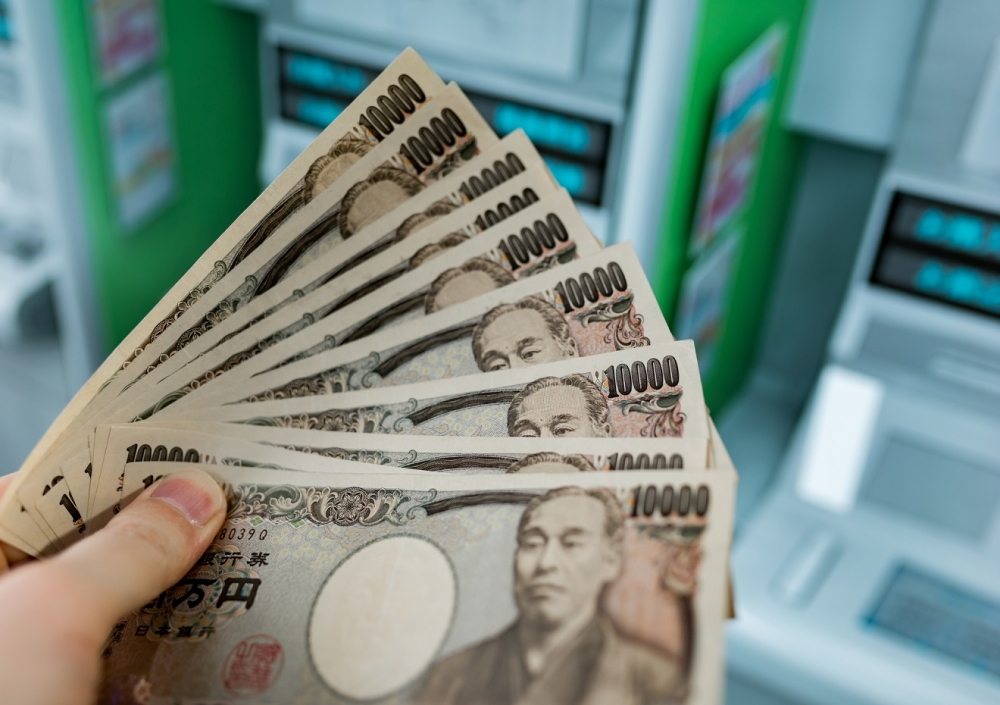What is the best currency in 2025?
Many analysts’ key currency call for this year is that the yen will go from being the worst performing G10 currency over the past couple of years, to being the best in 2025.

So far, things have started well on this score,and many analysts suspect that there’s much further to go. But what about other currencies? If the most significant directional trend this year is yen strength, could this work to the benefit or detriment of some other currencies, such as the US dollar?
Sometimes, currencies undergo large directional movement, and at other times they seem to stand still. If we think about the past couple of years, we have seen the yen undergo a substantial bout of weakness against just about all other currencies. The US dollar, on the other hand, has been pretty static. Against the euro, the 1.05-1.10 range has captured most of the movement seen since the start of 2023 and it is a similar sort of story for the US dollar against other currencies, such as the pound.
The first question, of course, is what’s driving the turnaround in the yen? Monetary policy is clearly a key factor here as the BoJ moves from a position of basically zero policy rates since the 2008 global financial crisis, to a situation today where the bank is moving rates up at a reasonable pace.
Secondly, this is a countertrend rise as all other G10 central banks are cutting rates. But it is not just this in Steven Barrow, Head of Standard Bank G10 Strategy’s view. The BoJ’s ability to hike rates is driven not just by the rise in inflation but also by the significant changes that the country has undergone as it seeks to deal with the challenge of a decline in the working age population. This transformation has not been lost on the equity market; something that also adds to the allure of the yen in our view.
A third factor to bear in mind is that the rise in geopolitical tension, around things like US tariffs and the conflict in Ukraine, works to the benefit of ‘safe’ currencies such as the yen. Higher implied currency volatility and high Japanese interest rates make yen-funded carry trades less attractive; something else that should support the yen.
And finally, Steven Barrow feels that the US administration’s trade spats will be with countries such as Canada, Mexico, China and EU members. Japan won’t be left out, but he suspected that any hit to Japan’s economy from tariffs would be more modest than many other countries and this too should hold the yen in good stead. Steven Barrow’s target is for the US dollar/yen to slide to 140 this year but he is starting to suspect that the yen could rise further than this. “We should see the yen make gains against other currencies as well. But what will happen to other currency pairs, like the euro/US dollar, should the yen rally in the way we expect,” said Steven Barrow.
Quite clearly, nothing may happen at all. The yen could rally significantly across currencies and leave the likes of euro/US dollar stuck in well-worn ranges. But many analysts feel that a strong uptrend in the yen could have wider currency reverberations.
First up, is unwinding of yen-funded carry trades. This could put particular pressure on the higher-yielding currencies that carry traders traditionally favour, like the aussie or, in the EM world, the Mexican peso and rand. The US dollar would also seem to stand out as more of a carry-trade candidate for yen-funded traders than the likes of the euro or the Swiss franc and hence, on balance, carry-trade unwinding could lower the US dollar against other major currencies. This being said, much here depends on whether yen strength is part and parcel of a general dash for safety for, if it is, the US dollar could gain against other currencies such as the euro. However, Steven Barrow’s view is that it is more likely to be the former, not the latter.
A second issue is that a surge in the yen could cause unwinding of longer-term yen loans that do not have carry trade characteristics. For instance, corporate borrowers outside of Japan could have switched funding to the yen as rates elsewhere soared in recent years. Indeed, data from the BIS suggests that this is the case. Should borrowers rapidly pay back yen loans as the Japanese currency rises, it could weigh on their currencies and, on this score it would appear to be a bigger threat to EM currencies than developed currencies.








